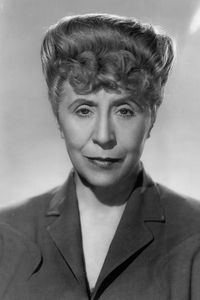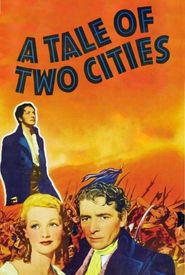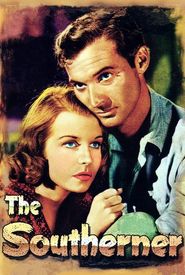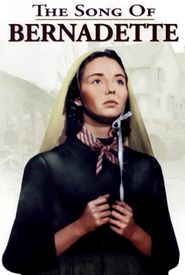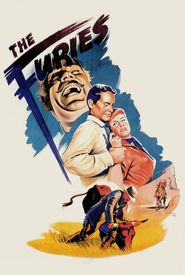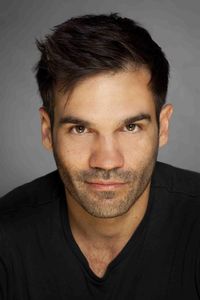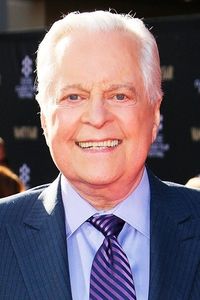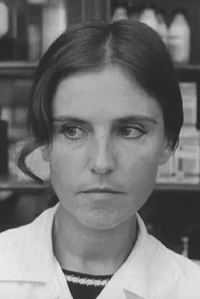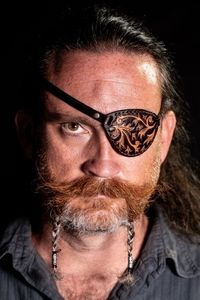Blanche Yurka was born Blanche Jurka on June 19, 1887, in St. Paul, Minnesota, to Bohemian immigrants. Her parents, seeing her potential as a singer, supported her opera lessons. She earned a scholarship at 15 to study voice and ballet in New York, making her debut at the Metropolitan Opera in a Czech-language production of "The Bohemian Girl".
Blanche soon found her true passion in acting, becoming a protégée of playwright and director David Belasco. She made her Broadway debut in 1907 and went on to appear in numerous productions throughout the 1910s and 1920s, including "An Old New Yorker", "The House of Bondage", "Our American Cousin", and "Enter Madame". Her breakthrough role came in 1922 as Queen Gertrude in John Barrymore's "Hamlet".
Blanche married actor Ian Keith in 1922, but they divorced four years later due to her star status. She continued to act, earning high marks for her performances in "The Wild Duck", "Hedda Gabler", and "Troilus and Cressida". She also directed several productions, including "Carry Nation" and "Electra".
In 1932, Blanche turned to film, making her debut in "A Tale of Two Cities" opposite Ronald Colman. However, she struggled to find roles that matched her early promise, appearing in a string of "B"-level films and low-budget productions. She eventually returned to the stage, where she remained active throughout the 1950s and 1960s, appearing in productions such as "The Carefree Tree", "Diary of a Scoundrel", and "Dinner at Eight".
Blanche wrote a book on acting technique, "Dear Audience", in 1959 and her autobiography, "Bohemian Girl", in 1970. She retired from acting in the early 1970s and died on June 6, 1974, at the age of 86.
